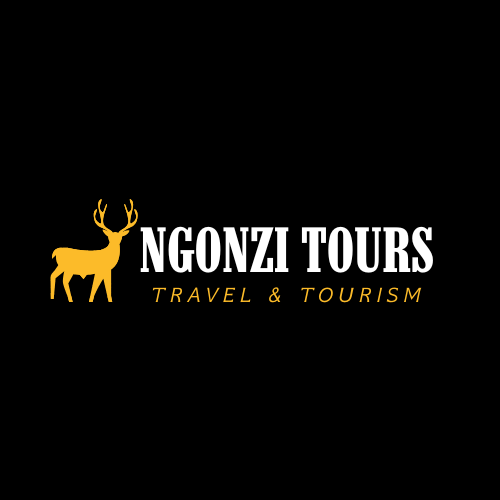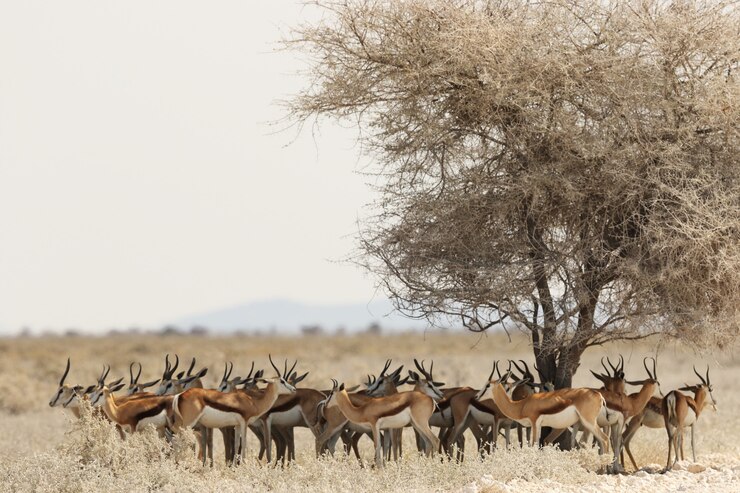Discover inspiring conservation achievements across East Africa, from community-based initiatives to large-scale wildlife protection programs.
# Conservation Success Stories in East Africa
East Africa has become a global leader in wildlife conservation, demonstrating that with proper planning, community involvement, and international support, it's possible to reverse declining wildlife populations and protect critical ecosystems. Here are some of the most inspiring success stories from the region.
## The Northern White Rhino Recovery Program
### Background
The northern white rhinoceros was on the brink of extinction, with only two females remaining by 2018. This subspecies had been decimated by poaching and habitat loss.
### Conservation Efforts
- **Ol Pejeta Conservancy**: Providing 24/7 armed protection for the last two females
- **Assisted Reproduction**: Using advanced reproductive technologies
- **International Collaboration**: Scientists from multiple countries working together
- **Genetic Preservation**: Storing genetic material for future breeding programs
### Current Status
While the subspecies remains critically endangered, scientists have successfully created embryos using stored genetic material, offering hope for the future.
## Community Conservancies in Northern Kenya
### The Maasai Mara Conservancies
The establishment of community conservancies around the Maasai Mara has been a remarkable success story:
**Ol Kinyei Conservancy**:
- Established in 2005 by local Maasai communities
- 18,700 acres of protected wildlife habitat
- Significant increase in wildlife populations
- Sustainable tourism providing community income
**Naboisho Conservancy**:
- 50,000 acres managed by 500 Maasai families
- Wildlife populations increased by over 40%
- Successful predator-human conflict mitigation
- Award-winning conservation model
### Benefits Achieved
- **Wildlife Recovery**: Significant increases in wildlife populations
- **Community Income**: Tourism revenue directly benefiting local families
- **Cultural Preservation**: Maintaining traditional Maasai practices
- **Habitat Protection**: Large areas of critical ecosystem preserved
## The Amboseli Elephant Research Project
### Long-term Success
Started in 1972, this is one of the longest-running elephant studies in the world:
**Research Achievements**:
- Detailed understanding of elephant social behavior
- Individual identification of over 3,000 elephants
- Critical data for conservation policy development
- Training of local researchers and conservationists
**Conservation Impact**:
- Amboseli elephant population has remained stable
- Reduced human-elephant conflict through research insights
- International awareness and support for elephant conservation
- Model for community-based conservation
## Mountain Gorilla Recovery
### Rwanda's Success Story
Rwanda has achieved remarkable success in mountain gorilla conservation:
**Population Recovery**:
- From 254 individuals in 1981 to over 1,000 today
- Successful anti-poaching efforts
- Habitat restoration programs
- Community involvement in conservation
**Economic Benefits**:
- Gorilla tourism generates over $400 million annually
- Employment for thousands of local people
- Investment in education and healthcare
- Model for conservation-based economic development
### Uganda's Contribution
Bwindi Impenetrable National Park has also seen significant success:
- Stable gorilla populations
- Successful habituation programs
- Community revenue sharing
- Reduced deforestation rates
## The Kenya Wildlife Service Transformation
### Institutional Reform
Kenya Wildlife Service (KWS) underwent major reforms that transformed wildlife conservation:
**Anti-Poaching Success**:
- Modernized ranger training and equipment
- Use of technology including drones and GPS tracking
- Intelligence-led operations
- Significant reduction in poaching incidents
**Community Engagement**:
- Revenue sharing with local communities
- Employment opportunities in conservation
- Education and awareness programs
- Conflict resolution mechanisms
## Marine Conservation in the Western Indian Ocean
### Coral Reef Protection
East Africa's coastal waters have seen significant marine conservation success:
**Kisite-Mpunguti Marine National Park (Kenya)**:
- Coral reef recovery after protection measures
- Increased fish populations and diversity
- Sustainable tourism development
- Community-based management
**Mafia Island Marine Park (Tanzania)**:
- Successful whale shark conservation
- Community involvement in marine protection
- Sustainable fishing practices
- Coral restoration programs
## The Great Elephant Census Impact
### Comprehensive Assessment
The Great Elephant Census provided crucial data for conservation planning:
**Key Findings**:
- Accurate population counts across 18 countries
- Identification of critical conservation areas
- Evidence-based policy recommendations
- International awareness and funding
**Conservation Response**:
- Targeted anti-poaching efforts in high-risk areas
- Increased funding for elephant conservation
- Improved international cooperation
- Enhanced protection measures
## Technology in Conservation
### Innovation Success Stories
**SMART (Spatial Monitoring and Reporting Tool)**:
- Real-time monitoring of wildlife and threats
- Data-driven conservation decisions
- Improved ranger effectiveness
- Used across multiple East African parks
**Camera Trapping Programs**:
- Non-invasive wildlife monitoring
- Population assessments for elusive species
- Behavioral studies
- Community engagement through wildlife photography
**Satellite Tracking**:
- Migration pattern documentation
- Human-wildlife conflict prediction
- Habitat use analysis
- Conservation planning support
## Community-Based Conservation Models
### Successful Approaches
**Group Ranches in Kenya**:
- Collective land management by pastoral communities
- Wildlife conservation incentives
- Sustainable grazing practices
- Tourism revenue sharing
**Village Land Forest Reserves (Tanzania)**:
- Community management of forest resources
- Sustainable harvesting practices
- Biodiversity conservation
- Alternative livelihood development
**Conservancy Models**:
- Private-community partnerships
- Wildlife-based land use
- Conservation incentives for landowners
- Sustainable tourism development
## Challenges Overcome
### Addressing Key Threats
**Poaching Reduction**:
- International cooperation on ivory trade
- Demand reduction campaigns in consumer countries
- Improved law enforcement
- Community-based anti-poaching initiatives
**Habitat Loss Mitigation**:
- Land use planning incorporating wildlife needs
- Corridor establishment between protected areas
- Compensation schemes for crop damage
- Alternative livelihood programs
**Human-Wildlife Conflict Resolution**:
- Early warning systems
- Physical barriers (beehive fences, etc.)
- Compensation programs
- Community education
## Lessons Learned
### Key Success Factors
1. **Community Involvement**: Local communities must benefit from conservation
2. **Long-term Commitment**: Conservation requires sustained effort over decades
3. **Scientific Research**: Evidence-based approaches are most effective
4. **International Cooperation**: Cross-border collaboration is essential
5. **Technology Integration**: Modern tools enhance traditional conservation methods
6. **Economic Incentives**: Conservation must provide economic benefits
7. **Political Support**: Government backing is crucial for success
## Future Opportunities
### Emerging Trends
**Climate Change Adaptation**:
- Ecosystem-based adaptation strategies
- Wildlife corridor enhancement
- Water resource management
- Resilient habitat restoration
**Technology Advancement**:
- Artificial intelligence for wildlife monitoring
- Blockchain for supply chain tracking
- Genetic technologies for species recovery
- Drone technology for surveillance
**Sustainable Financing**:
- Conservation bonds and impact investing
- Payment for ecosystem services
- Carbon credit programs
- Sustainable tourism development
## Conclusion
East Africa's conservation success stories demonstrate that with proper planning, community involvement, scientific research, and sustained commitment, it's possible to reverse wildlife population declines and protect critical ecosystems. These successes provide hope and practical models for conservation efforts worldwide.
The key lesson from these success stories is that conservation works best when it benefits both wildlife and local communities. By creating economic incentives for conservation, involving communities in management decisions, and using science to guide efforts, East Africa has shown that humans and wildlife can coexist and thrive together.
As we face increasing environmental challenges, these success stories remind us that positive change is possible. They inspire continued efforts and provide proven models for expanding conservation success across Africa and beyond.

